From clear aligners to TADs, AOSC 2025 speakers highlight the rise of personalised, patient-focused orthodontics, ensuring both aesthetic appeal and long-term stability in Asia’s evolving dental landscape.
By Danny Chan
The Association of Orthodontists (Singapore) Congress (AOSC 2025), themed *”Forging Ahead with the Evolving Faces of Orthodontics: Embracing Fundamentals, Change and Innovation,”* which at the time of writing, is set to be a noteworthy event for the Asian orthodontic community. Taking place at the iconic Marina Bay Sands from February 28 to March 3, 2025, this congress promises an unparalleled exploration of cutting-edge advancements, transformative methodologies, and forward-thinking innovations that are reshaping orthodontic practice — not just in Asia but worldwide.
As orthodontics continues to evolve, practitioners face both challenges and opportunities in adapting to new technologies, patient expectations, and demographic shifts within the Asian dental landscape. At AOSC 2025, leading experts will convene to share their insights on how these changes impact clinical practices today — and what they mean for tomorrow. Among the distinguished speakers lending their voices to this critical dialogue are Dr. Chung H. Kau, Dr. Ute Schneider-Moser, Dr. John Yau, Dr. Wassim Bouzid, and Dr. Ki Beom Kim — each a luminary in their respective domains.
Together, these thought leaders will illuminate the path forward for orthodontic practitioners navigating the complexities of a rapidly changing profession. Through their collective wisdom, AOSC 2025 aims not only to celebrate past achievements but also to inspire bold steps toward a brighter, more inclusive future for orthodontics in Asia and beyond.
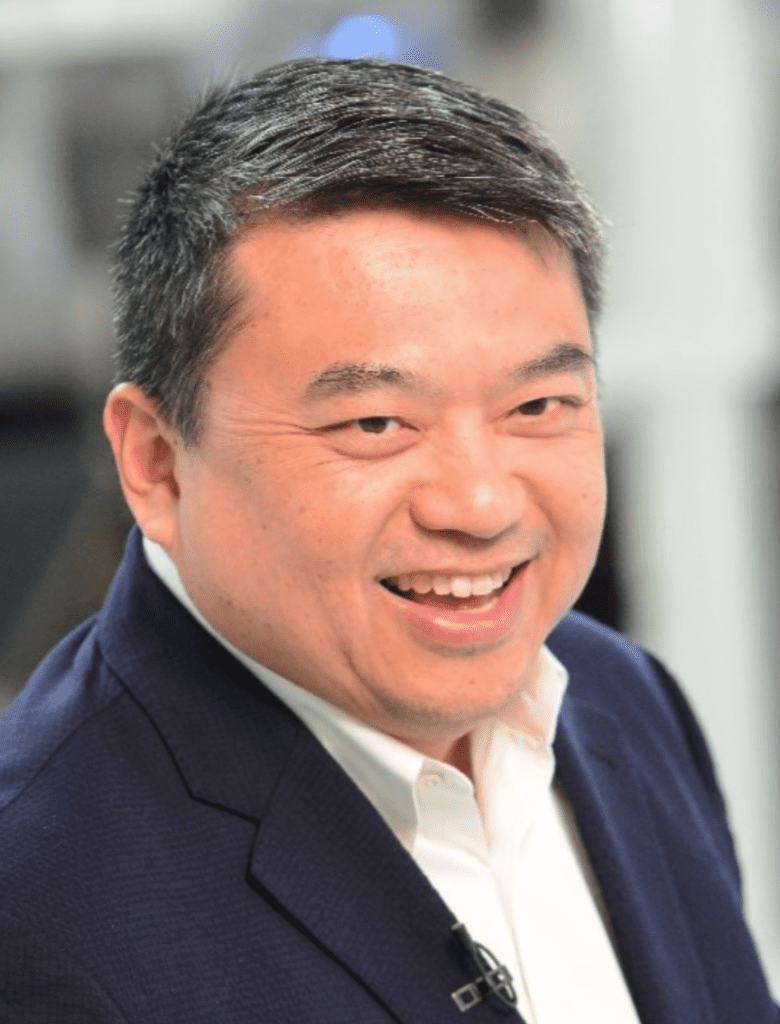
From the United States, Dr. Chung H. Kau, Professor and Department Chairman at the University of Alabama at Birmingham, represents the intersection of academia, research, and clinical excellence. With over 400 peer-reviewed publications and groundbreaking work in craniofacial anomalies and accelerated tooth movement, Dr. Kau offers invaluable perspectives on leveraging translational research to improve patient outcomes. His focus on addressing complex cases through innovative techniques resonates deeply with the needs of the Asian dental community.
DRA: With your focus on craniofacial anomalies and translational research, how do you see emerging technologies like 4D jaw tracking and accelerated tooth movement shaping the future of orthodontics in Asia?
Chung H. Kau: Technologies introduced in the United States normally take a couple of years to catch on in Asia. 4D tracking and accelerated tooth movement have been developed for over the last 5 years. We have published several peer-reviewed articles that have demonstrated our use in the clinical field. We used much of the 4D technologies in jaw tracking of patients with arthritic temporo-mandibular joints and also for post surgery evaluation. I would say that these mainstay technologies like low radiation CBCTs are used routinely for surgical planning, surgical simulation, diagnostics and long-term clinical outcomes. We have been at the forefront of much of this work. As technology improves, the speed of image capture, acquisition manipulation and simulation outputs can be instantaneous. This significantly aids the clinician in carry out the day-to-day task with greater accuracy and efficiency. This can only be a benefit to the patient and consumer.
DRA: As a professor and department chair, what strategies do you recommend for Asian dental institutions to integrate cutting-edge research and clinical practices into their orthodontic curricula?
CHK: I would recommend a curriculum review focusing on the management of the patient using the latest technology. I recognise that making changes can be challenging. Education innovation and calibration throughout the educational system can be daunting and expensive. From facilitating the educator, to empowering the staff and finally educating the students, these technologies can be significant investments for the faculties and schools. In my department, we partner with industry to implement our educational goals. In addition, we have many faculty who are leaders in this technology who routinely lecture and guide our students. This synergy creates a win-win scenario for our program.
DRA: How can international partnerships, such as those between the US and Asia, address challenges like access to care for patients with craniofacial deformities in underserved regions?
CHK: The world is so much smaller today. Telemedicine and video conferencing technologies now mean that educators in the United States can be online to support clinicians in Asia. We need to embrace such technologies and create a vision to support our fellow colleagues in the underserved regions. After all, our sole mission is the betterment of mankind and patient health.
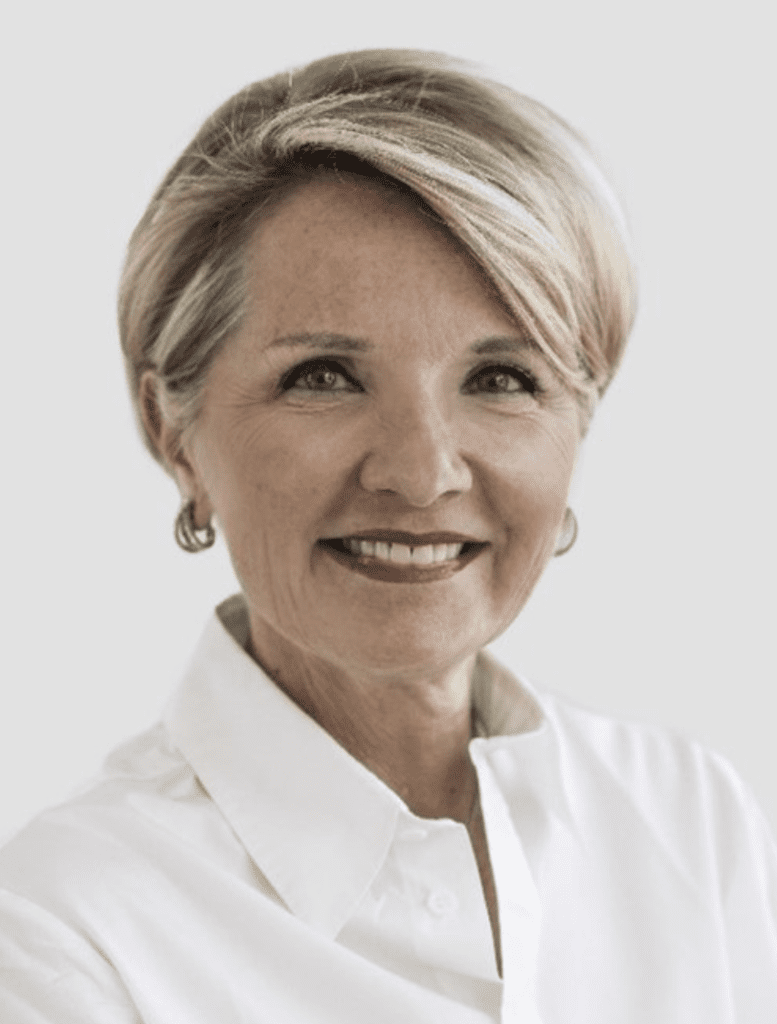
Dr. Ute Schneider-Moser, an internationally acclaimed orthodontist based in Italy, brings decades of experience as a clinician, educator, and researcher to the stage. As President of the Italian Society of Orthodontics 2024 and a former leader of prestigious organisations like the Edward H. Angle Society of Orthodontists, she has been instrumental in advancing evidence-based practices globally. Her expertise spans biomechanics, treatment planning, and interdisciplinary approaches, making her uniquely qualified to discuss the integration of time-tested fundamentals with emerging innovations.
DRA: As President of the Italian Society of Orthodontics and a global lecturer, how do you see the adoption of digital orthodontics and AI-driven treatment planning influencing orthodontic practices in Asia, particularly in countries with rapidly evolving dental markets?
Ute Schneider-Moser: Digital technology with implementation of AI has already conquered the global orthodontic world. Many professionals use it to accelerate cephalometric tracing and measurements, to analyse CBCTs and to perform intraoral scans for digital model set-ups. I can imagine that facial scanners will relatively soon substitute conventional 2D digital photography so that by integrating all these 3D data the orthodontist can formulate a maximally individualised treatment plan of a ‘360° digital patient’. 3D printing already allows us to produce digitally designed appliances like custom-made brackets and clear aligners faster and with greater precision which ultimately should increase both efficiency and excellence of patient care.
However advanced all this may sound, the current state-of-the-AI-art cannot substitute a well-working brain of a skilled orthodontist in treatment planning due to the lack of reliable computer-generated predictions. Without any doubt, a digital smile design for an orthodontic-restorative project or the simulation of a bimaxillary surgical outcome enhances patient communication and is a marvellous tool to discuss an interdisciplinary treatment plan, evaluate alternative options and monitor treatment progress with the team of all involved specialists. Nevertheless, any outcome simulation must be performed by the treating operators who apply their knowledge and experience to make these predictions reliable and cannot be generated by any algorithm – at least not to date.
The application of digital technology and ‘assisted’ intelligence for generating treatment simulations is especially helpful for orthodontic patients with extremely high aesthetic expectations, for the growing proportion of elderly patients with complex issues and for patients who need retreatment. As the population gets older and the importance of a ‘perfect smile’ in professional and in private life increases together with more understanding of the functional and health benefit of orthodontics, these three new target groups in the US and in Europe will soon represent an important market share in Asia too.
 Click to discover the 28th International Exhibition on Dental Equipment, Technology and Products (Dentech China 2025) held from 23-26 October 2025
Click to discover the 28th International Exhibition on Dental Equipment, Technology and Products (Dentech China 2025) held from 23-26 October 2025
Without any doubt, unstoppable data mining and extensive machine learning will further improve the application of AI to assist the orthodontist in decision making – especially in borderline situations — but in my understanding, it will remain more a sophisticated form of ‘assistance’ with the ultimate decision taken by the orthodontist her- or himself who in the end will be held responsible for treatment success or failure.
DRA: With your extensive involvement in international orthodontic societies, what role do you envision for collaborative global initiatives in advancing orthodontic education and practice standards in Asia?
USM: I am convinced that the COVID pandemic was an eye-opening moment for the appreciation of the necessity of creating a global network in medicine in general. Only by exchanging thoughts, visions and by sharing results, sound diagnostic and therapeutic protocols in our field can be developed and ultimately help to define common standards of research, education, treatment, and practice management to serve our patients better and better. Crises in general have an enormous potential to detect limitations and flaws of existing structures, organisations, protocols and procedures and to establish new connections between experts.
I had the privilege to serve as President of the Eastern Component of the E.H. Angle Society of Orthodontists EHASO in 2020 and the world-wide lockdown offered me the unexpected yet great opportunity to create the ‘Angle-net’ together with an outstanding colleague and friend from the Angle Society of Europe ASE, Dr. Renato Cocconi from Parma, Italy.
Up to the pandemic, the two prestigious Angle Societies did not have any bonds despite their common mission of promoting excellence, lifelong learning and sharing knowledge in orthodontics. When Covid hit us, some kindred spirits of both societies took the chance to start the ‘Angle-net’ – which has become a globally acclaimed top-notch continuing education series of webinars – completely sponsor free and complimentary – not only to foster the exchange between the Angle Societies but to invite the global community of postgraduates in orthodontics and their faculty to join for free and this initiative has developed into a worldwide monthly continuing education event with more than 8000 registered participants!
Currently, we are already running session VI, and I would like to take the opportunity of this interview to invite all interested postgraduates and orthodontic specialists from Asia to register and join the Angle-net family! All Monday LIVE webinars at 9 am PST- 12 pm EST- 6 pm CET are recorded and can be watched in streaming: https://us02web.zoom.us/webinar/register/WN_kWOJHVt_QaWK1eGEwWWF2w#/registration
In my view, another important community to build is a Global Female Leadership Network for supporting the worldwide increasing quota of female orthodontists. It is a fact that more than 50% of orthodontic postgraduate students are female, but that their representation in leading positions lags behind. Not only are women largely underrepresented in academic institutions, councils of scientific societies, and in editorial boards, but they are also much less frequently invited as keynote speakers during orthodontic congresses and meetings.
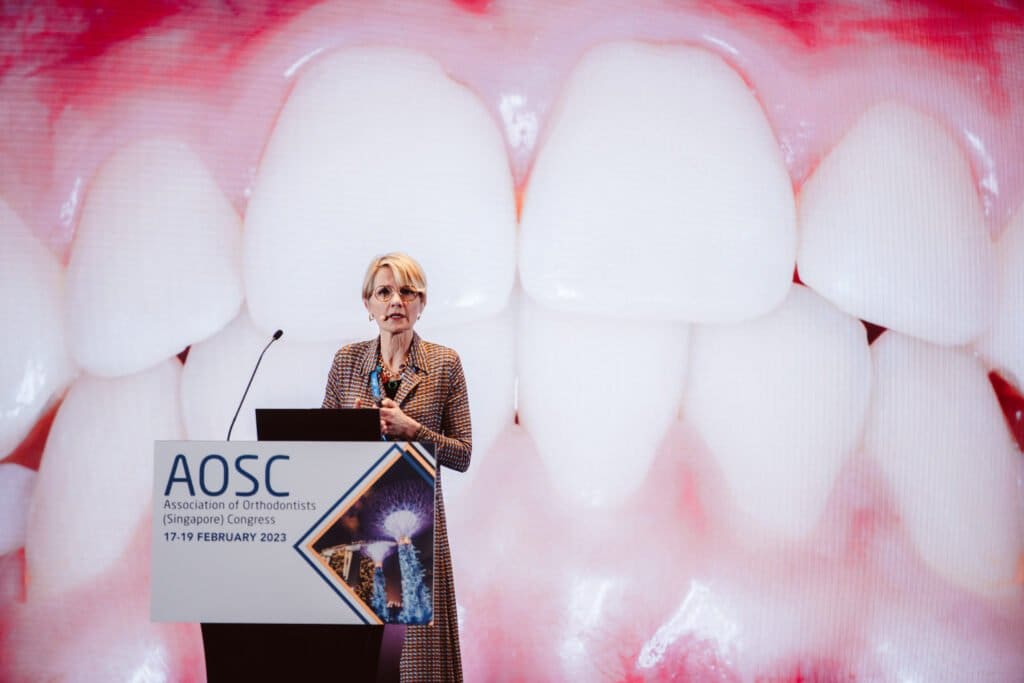
A ‘pink’ network with the leadership of women who have already made their way up to the top could be a new initiative to foster greater visibility of females in the orthodontic world. It could be an online forum with roundtable discussions and Q&A sessions on specific issues and concerns of female orthodontic professionals in private practice and academia who want to emerge and to make a difference. And…who knows… organising a Pink Leadership Congress in some exciting venue, could be a long-awaited project too?
DRA: How can European and North American orthodontic innovations be adapted to meet the unique cultural and anatomical needs of Asian patients, based on your experience in Italy and the US?
USM: Tailoring a true personalised treatment approach requires implementation of existing dentoskeletal, aesthetic and behavioural differences between Caucasian and Asian individuals. Asian patients exhibit more protrusive lips, longer anterior face height, more convex profiles with deficient chin projection and compensatory proclination of the lower incisors compared to Caucasian populations.
These variations must be taken into consideration during treatment planning and custom-made appliance design and makes premolar extractions or additional use of temporary anchorage devices more likely for Asian patients. Digital pre-visualisation of alternative treatment options is an extremely helpful communication tool to discuss the needs and expectations of every patient on an individual basis without patronising to avoid dissatisfaction with the outcome.
Certain cultural aspects of Asian lifestyle may also determine the best choice of orthodontic appliances (clear aligners or fixed braces). Specific dietary habits in Asia, for example reported less frequent meals, hence less need for removing appliances for eating and cleaning the teeth, makes predictable and successful collaboration regarding aligner wear more likely in Asian patients.
It is conceivable that monitoring treatment progress by an application or a device for reducing in-office consultations and recalls will become en vogue in busy Asian societies for which time is the new currency. However, orthodontics should be more than just efficiently straightening teeth. It requires a strong patient-doctor relationship for creating trust, enhancing collaboration and sharing a successful experience.
I am confident that even the most sophisticated tele-orthodontic devices will not be able to replace the orthodontist’s authenticity of compassion, affection and empathy which should characterise any medical professional apart from profound knowledge and expertise.
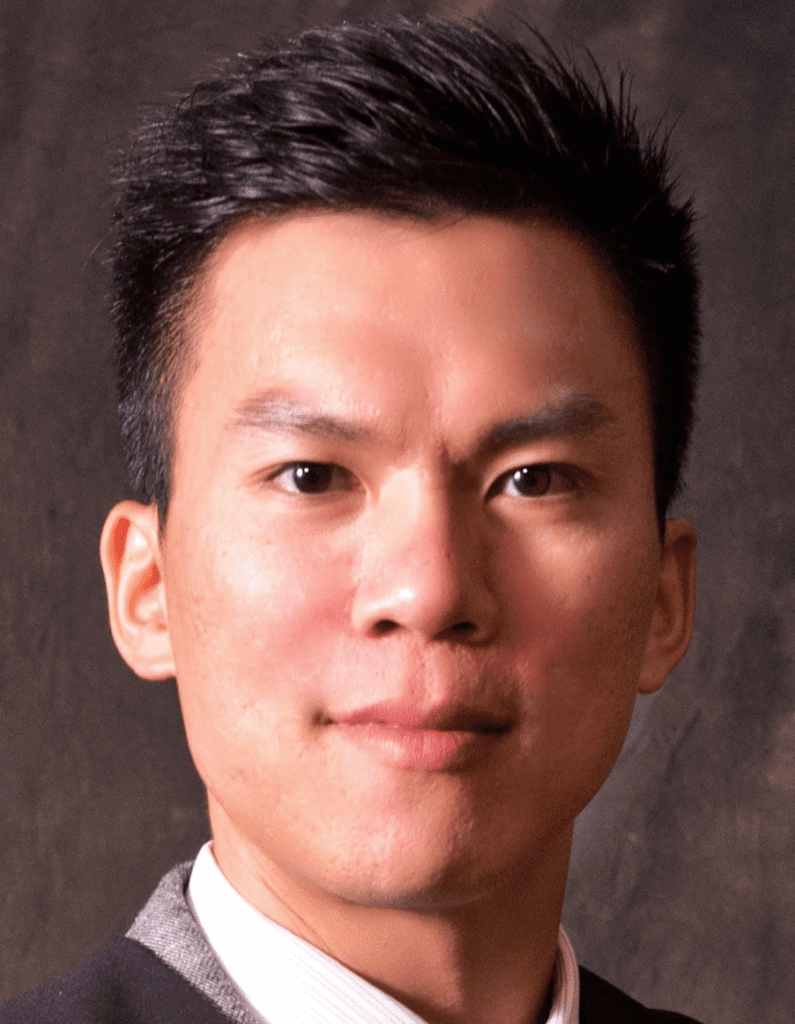
Dr. John Yau, a private orthodontist based in Hong Kong and Honorary Clinical Assistant Professor at the University of Hong Kong, exemplifies the fusion of clinical artistry and technological precision. Renowned for his mastery of temporary anchorage devices (TADs) and digital orthodontics, Dr. Yau has delivered lectures across five continents, sharing his passion for versatile biomechanics and minimally invasive solutions. His contributions underscore the growing importance of digital tools and personalised care pathways in modern orthodontics.
DRA: With your expertise in TADs and aligner systems, how do you see the adoption of digital orthodontics evolving in Asia, and what barriers need to be addressed to ensure widespread implementation?
John Yau: I am not an expert, just trying my best to learn and learn everyday! There is a broad spectrum of digital orthodontics application in everyday clinic, from digital set-up on software to 3D printing in-office. Digital orthodontics involves a whole team to execute the ‘product’ from design to manufacturing as well as logistics sorts of practical issues. It takes up huge amount of investment, supervision work and surely needs delegation to other expertise and laboratories. Otherwise, it will not make good financial sense for the clinic or the working environment for the staffs.
DRA: As a frequent lecturer in Asia, what trends have you observed in the adoption of advanced orthodontic techniques, and how can these be standardised across the region?
JY: There are many “new” trends, at least they are reinvigorating some classic beliefs, agree to it or not. Higher emphasis on ‘mouth breathing’ correction becomes a hot topic again. New appliances, orofacial habitual training, and even early surgical intervention have been suggested.
Also, the non-surgical maxillary skeletal expansion concept has provided us an attractive alternative in handling the relevant clinical problems. Are there any simple or meaningful way to standardise the technique? After-all it is human beings (orthodontists) to operate the clinical work and we shall count more on the education for precision of case diagnosis together with simplification of protocols or standardisation.
In many social media platforms there are clinicians sharing those photos, and sometimes, you have second thoughts if those beautiful techniques, or treatments, were actually necessary.
<< Back to Contents Menu
EDITOR’S PAGE | ADVISORY BOARD | NEWS | PRODUCTS | COVER FEATURE | CLINICAL | EXHIBITIONS & CONFERENCES
DRA: How can orthodontists in Asia balance the demand for aesthetic treatments, like aligners, with the need for functional and long-term stable outcomes?
JY: I believe that they are not mutually exclusive. We shall humbly accept the fact that the ‘best appliance’ of today will not still be the ‘best’ if we fast forward for 50 years. Let’s focus on, from clinical evidence of researches, to our own clinical observation, and communicate with patients who come to see us because of the ‘trust’ that we offer them.
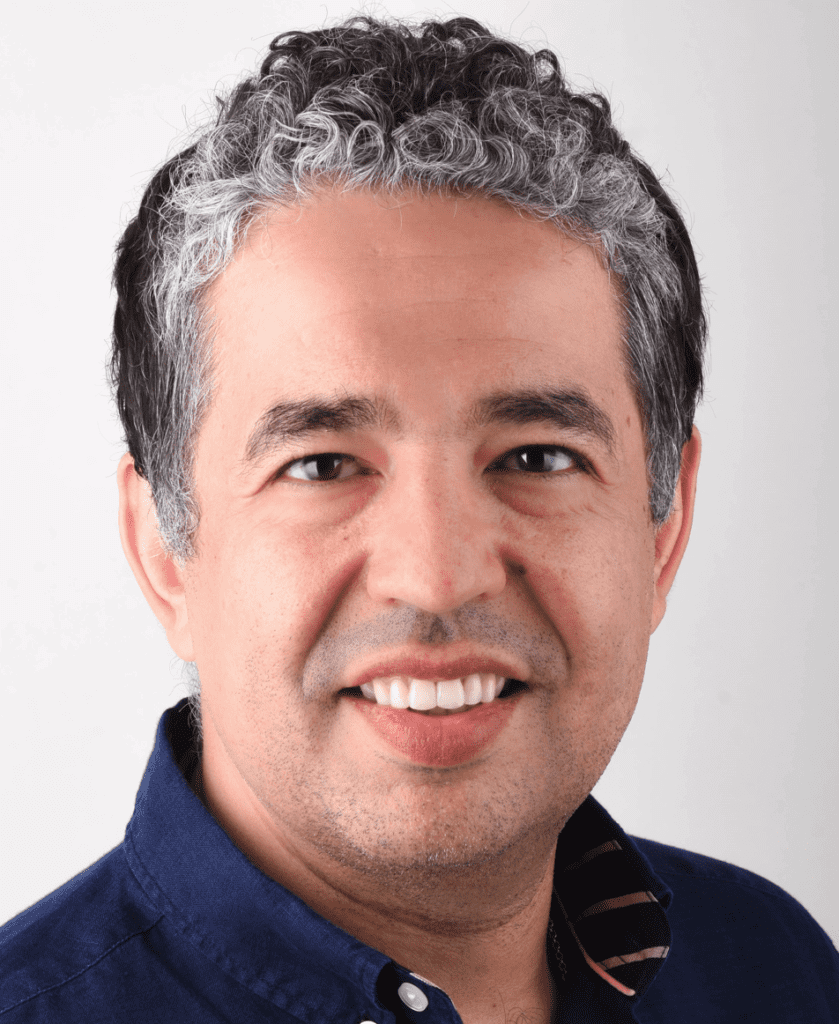
Hailing from Algeria, Dr. Wassim Bouzid embodies the spirit of innovation and global collaboration. As the founder of OrthoVision and a certified expert in lingual orthodontics, Invisalign, and facial harmonisation, Dr. Bouzid has pioneered advanced treatment protocols tailored to diverse populations. His extensive international teaching engagements and published meta-analyses reflect his commitment to elevating standards of care and expanding access to high-quality orthodontic services in underserved regions.
DRA: With your expertise in digital orthodontics and TADs, how do you see Asian orthodontic practices adopting these technologies, and what challenges might they face in implementation?
Wassim Bouzid: Asian orthodontists are embracing digital workflows and TADs because they improve precision and efficiency. Many clinics are already integrating intraoral scanners, 3D planning, and custom appliances to enhance patient outcomes.
The biggest challenges are the learning curve, cost, and regulatory differences across countries. Transitioning from traditional methods to fully digital setups takes time, and not all clinics can invest in expensive equipment right away. Plus, TADs and digital tools don’t always have uniform approval in every country, making adoption inconsistent.
The key is gradual integration — starting with essential tools, attending training programs, and collaborating with manufacturers for localised solutions.
DRA: As a global educator, what strategies do you recommend for Asian orthodontists to stay updated on advanced techniques like the Pitts Protocol and digital smile design?
WB: Continuous learning is crucial.
I recommend:
1. Hands-on courses & certifications – The best way to master techniques like the Pitts Protocol is through in-person training.
2. Online education – Webinars, virtual conferences, and digital resources help orthodontists stay up to date.
3. Networking & community engagement – Joining global orthodontic groups and attending international events keeps you ahead of trends.
4. Industry collaborations – Working closely with companies that develop these technologies gives early access to training and innovations.
By combining these approaches, orthodontists can easily integrate modern, aesthetic-driven biomechanics into their practice
DRA: How can orthodontic practices in Asia adapt Western techniques to better suit the anatomical and cultural preferences of their patients?
WB: Western techniques provide a strong foundation, but adapting them to Asian facial structures and aesthetic preferences is key.
1. Facial profile & arch form – Many Asian patients have flatter profiles and smaller jaws, so treatment plans should focus on controlled arch expansion and smile arc protection (SAP) for better incisor display.
2. Aesthetic preferences – While broad, full smiles are the norm in the West, some Asian patients prefer a more subtle look. Adjusting torque, bracket placement, and arch coordination can help achieve that.
3. Reducing extractions when possible – With Pitts’ low-friction mechanics and light forces, we can often avoid extractions while maintaining profile balance.
4. TADs for skeletal corrections – Since many Asian patients have Class III tendencies or vertical growth patterns, TADs play a huge role in achieving non- surgical solutions.
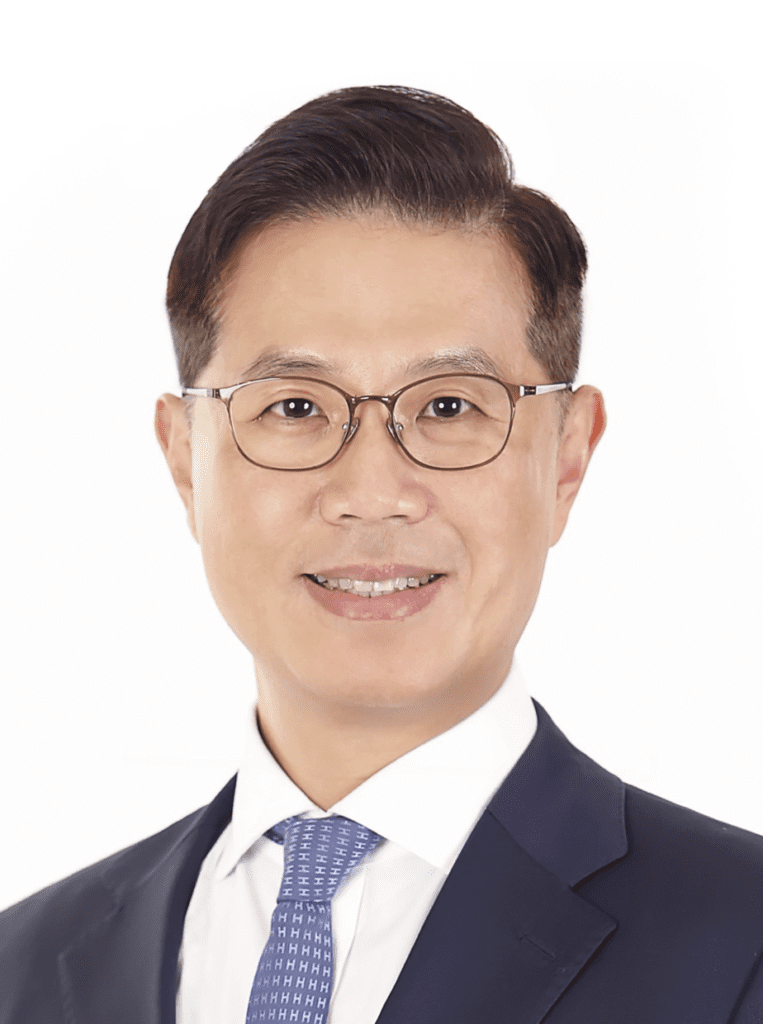
Dr. Ki Beom Kim, Professor and Lysle E. Johnston Jr. Endowed Chair in Orthodontics at Saint Louis University, bridges the gap between traditional orthodontics and emerging specialties such as orofacial pain management and sleep medicine. With seminal works on temporary skeletal anchorage devices (TSADs) and obstructive sleep apnea patients, Dr. Kim highlights the expanding scope of orthodontic practice beyond aesthetics to encompass holistic health. His leadership roles in professional associations further position him as a visionary shaping the future of the field.
DRA: With your expertise in orofacial pain and sleep apnoea, how can orthodontists in Asia better integrate interdisciplinary approaches to treat complex craniofacial conditions?
Ki Beom Kim: For orthodontists in Asia to effectively manage complex craniofacial conditions, strengthening collaboration with specialists across various disciplines is essential. Conditions such as orofacial pain and obstructive sleep apnoea (OSA) require more than traditional orthodontic approaches and benefit greatly from early cooperation with oral and maxillofacial surgeons, sleep medicine specialists, otolaryngologists, TMD experts, and other dental professionals. A multidisciplinary approach, supported by regular case discussions, allows for the development of tailored treatment plans that address both functional and structural concerns.
Advanced diagnostic imaging plays a crucial role in this process. Beyond CBCT, orthodontists should familiarise themselves with a range of medical technologies to improve diagnostic accuracy and treatment planning. Closer collaboration with medical specialists not only deepens their understanding of related fields but also helps other healthcare professionals recognise the important diagnostic and therapeutic role of orthodontics. Stronger interdisciplinary communication ensures that critical diagnostic considerations are not overlooked, leading to a more holistic approach to patient care.
To further enhance interdisciplinary collaboration, orthodontists should integrate into existing multidisciplinary care teams, similar to cleft teams that include plastic surgeons, speech therapists, prosthodontists, and geneticists. In settings where such teams are unavailable, forming new interdisciplinary groups or expanding the scope of existing teams to include conditions like TMD and sleep apnea would be highly beneficial. This approach improves both patient outcomes and treatment efficiency by leveraging shared expertise and coordinated care.
Given the diverse healthcare systems across Asia, establishing standardised guidelines for interdisciplinary treatment is equally important. Standardisation ensures a consistent and high-quality approach to care, regardless of regional differences. Additionally, public education initiatives should emphasise the link between sleep-disordered breathing and craniofacial development, promoting early screening programs in collaboration with schools and paediatricians. By adopting these strategies, orthodontists can improve patient outcomes and contribute significantly to the effective management of complex craniofacial conditions.
DRA: How do you see advancements like 4D jaw tracking and digital orthodontics transforming the diagnosis and treatment of dentofacial deformities in Asia?
KBK: Advancements in technology are transforming the diagnosis and treatment of dentofacial deformities, making orthodontic care more precise, efficient, and patient-centered. When integrated with AI-driven predictive modelling, these technologies enable orthodontists to optimise both function and aesthetics in treatment planning. However, while these innovations offer significant benefits, relying solely on technology for diagnosis carries inherent risks. A comprehensive clinical examination, various orthodontic evaluations must be integrated to ensure accurate assessment. While these tools enhance diagnostic precision, they should complement rather than replace traditional clinical evaluation.
Artificial intelligence and machine learning are playing an increasingly vital role in orthodontic diagnosis and treatment planning. AI-driven models improve diagnostic accuracy and predictability by analysing large datasets and identifying subtle patterns. Digital orthodontics, including intraoral scanning, 3D printing, and CAD/CAM-based appliances, is streamlining workflows, reducing chair time, and enabling highly customised treatment solutions. However, to maximise their potential, patient data collection should be approached collaboratively rather than being controlled by a single entity. A multinational effort to compile well-structured and ethically labeled datasets would offer a more comprehensive understanding of ethnic variations and support truly individualised care. Equally important is safeguarding patient privacy through strict protective measures.
Virtual orthodontic simulations and remote monitoring are expanding access to specialised care, particularly in regions with limited orthodontic services. Allowing patients to visualise treatment outcomes before beginning their journey enhances compliance and satisfaction. Additionally, robotics-assisted orthodontics, particularly when integrated with digital workflows, is emerging as a powerful tool that improves precision, predictability, and efficiency. As these technological advancements continue to evolve, orthodontic care in Asia will become more accessible and effective, ultimately enhancing both patient experiences and clinical outcomes.
DRA: As Chair of the Council on Orthodontic Education, what steps can Asian dental institutions take to prepare the next generation of orthodontists for emerging challenges?
KBK: To prepare the next generation of orthodontists for the rapidly evolving landscape of dentistry, Asian dental institutions must modernise their educational approaches by integrating digital technology, interdisciplinary collaboration, and evidence-based learning. Shifting towards a problem-solving, data-driven educational model will better equip students to navigate the complexities of modern orthodontics and provide them with the necessary skills to adapt to future advancements.
Hands-on training in emerging technologies is essential. Establishing digital orthodontic laboratories where students can gain practical experience with intraoral scanning, 3D imaging, AI-based treatment planning, and 3D printing will ensure proficiency in cutting-edge tools. Additionally, exposure to innovations such as 3D-printed aligners, digital orthodontic workflows, robotic-assisted orthodontics, and automated treatment systems will further enhance their clinical expertise. Strengthening interdisciplinary training programs by incorporating joint educational modules with various dental and medical specialists will also foster a more comprehensive approach to patient care.
Beyond curriculum updates, fostering a research-driven culture is crucial. Increased funding and support for research in AI-driven orthodontics, digital treatment methodologies, and personalised patient care will position Asia at the forefront of orthodontic innovation. Expanding global collaboration through international exchange programs, workshops, and joint research initiatives will further bridge the gap between academic learning and real-world clinical practice, ensuring that students are well-prepared for the challenges of modern orthodontics.
Finally, the integration of tele-orthodontics and remote monitoring is another aspect worth considering. Training students to utilize virtual consultations and AI-driven treatment analysis can help prepare them to address access-to-care challenges and adopt digital healthcare solutions in clinical practice. By implementing these changes, Asian dental institutions can ensure that the next generation of orthodontists is well-equipped to tackle emerging challenges while continuing to advance the field of orthodontics.
Special Acknowledgement: to Ms Janice Lee from Koelnmesse Pte Ltd for her help with coordinating the interview process.
The information and viewpoints presented in the above news piece or article do not necessarily reflect the official stance or policy of Dental Resource Asia or the DRA Journal. While we strive to ensure the accuracy of our content, Dental Resource Asia (DRA) or DRA Journal cannot guarantee the constant correctness, comprehensiveness, or timeliness of all the information contained within this website or journal.
Please be aware that all product details, product specifications, and data on this website or journal may be modified without prior notice in order to enhance reliability, functionality, design, or for other reasons.
The content contributed by our bloggers or authors represents their personal opinions and is not intended to defame or discredit any religion, ethnic group, club, organisation, company, individual, or any entity or individual.

